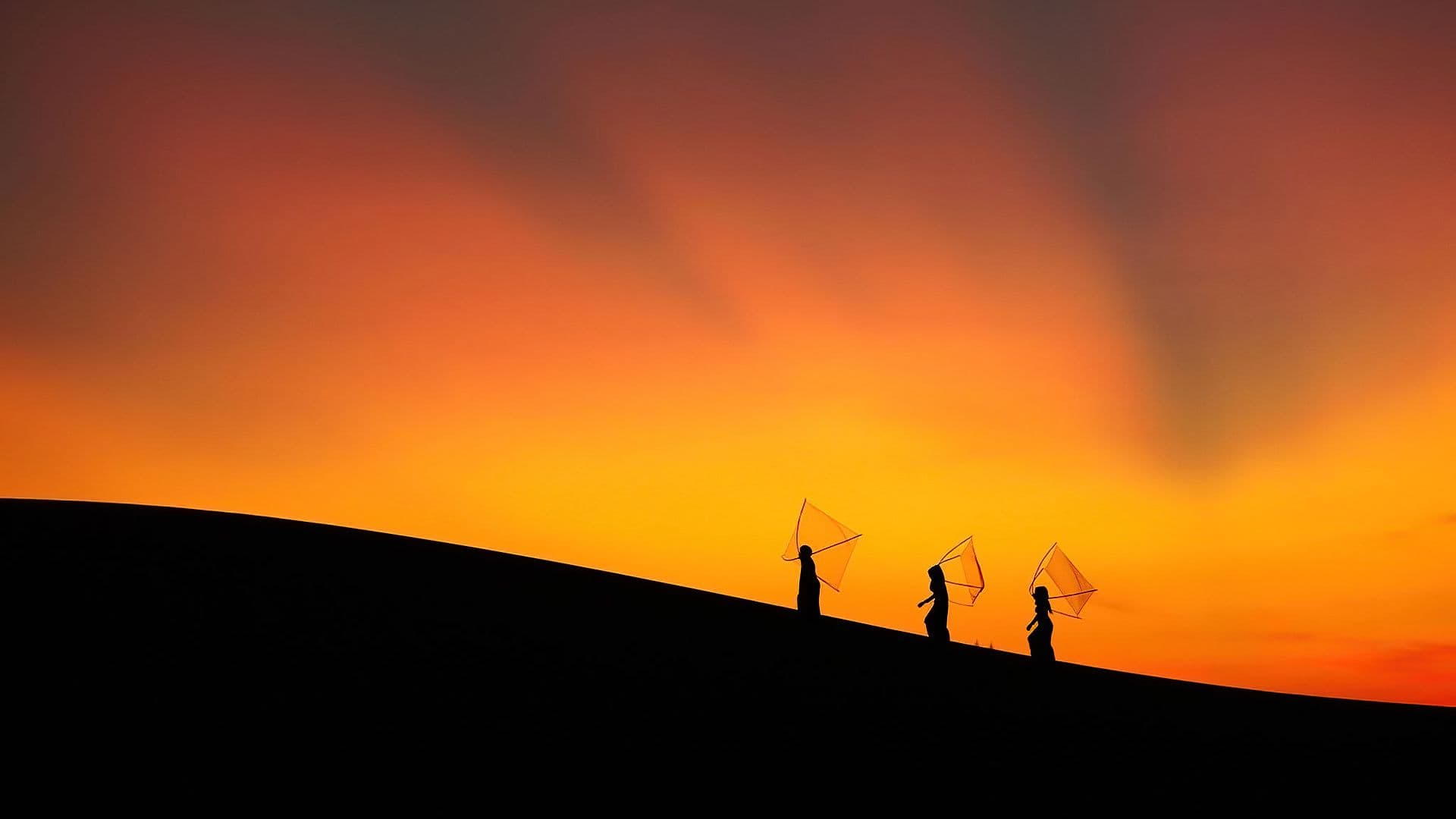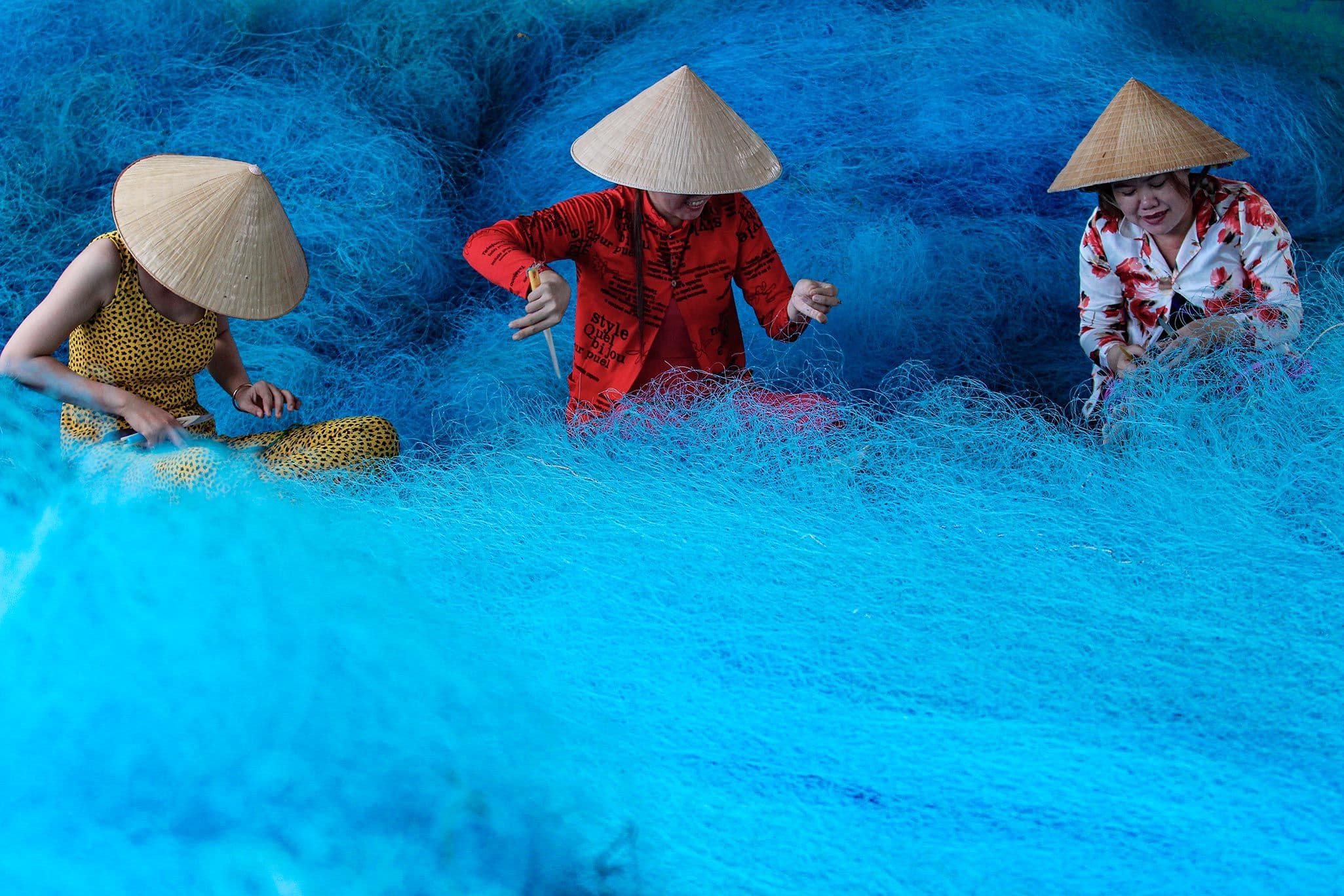
- Northern Vietnam 2-Week Itinerary at a Glance
- Hanoi – Gateway to the North (Days 1–2)
- Ha Giang Loop Adventure (Days 3–6)
- Sapa & The Tonkinese Alps (Days 7–9)
- Ha Long Bay – Emerald Waters & Limestone Towers (Days 10–12)
- Ninh Binh – “Ha Long Bay on Land” (Days 13–14)
- Travel Tips for Northern Vietnam
- Best Months to Visit
- Packing Guide
- Transport Options
- Health & Safety
- Connectivity & Money
- Cultural Etiquette
- Why Choose Ftrip Vietnam for Your Northern Journey
- Estimated Budget & Booking Advice
Northern Vietnam is where dramatic mountains meet emerald bays and ancient towns echo with history. In just two weeks, travelers can explore Hanoi’s Old Quarter, conquer the legendary Ha Giang Loop, trek through Sapa’s rice terraces, and cruise Ha Long Bay before winding down in Ninh Binh’s peaceful countryside. This region offers not just breathtaking scenery, but also a deep dive into ethnic culture, authentic cuisine, and Vietnam’s UNESCO-recognized wonders.
This itinerary is ideal for cultural travelers, nature lovers, and photographers looking to capture the soul of Vietnam’s north.
Northern Vietnam 2-Week Itinerary at a Glance
| Day | Destination | Highlights |
|---|---|---|
| 1–2 | Hanoi | Old Quarter, street food, museums |
| 3–6 | Ha Giang Loop | Quan Ba, Dong Van, Ma Pi Leng Pass |
| 7–9 | Sapa | Trekking, ethnic villages, Fansipan Peak |
| 10–12 | Ha Long Bay | Overnight cruise, kayaking, caves |
| 13–14 | Ninh Binh | Trang An, Mua Cave, countryside cycling |

Hanoi – Gateway to the North (Days 1–2)
Your northern adventure begins in Hanoi, Vietnam’s capital city and cultural heart.
- Arrival & First Impressions: Settle into the city and enjoy your first cup of strong Vietnamese coffee, ideally in a hidden café in the Old Quarter.
- Sightseeing: Explore the Temple of Literature, Vietnam’s first university, stroll around Hoan Kiem Lake, and watch the traditional water puppet show.
- Street Food Tour: By evening, dive into a guided street food walk where you’ll try bun cha, pho, and egg coffee — an authentic Hanoi experience.
Hanoi serves as the perfect launchpad before heading north into the mountains.
Ha Giang Loop Adventure (Days 3–6)
The Ha Giang Loop is a breathtaking 350 km motorbike or car circuit showcasing jagged limestone peaks, deep valleys, and remote ethnic villages.
- Day 3 – Hanoi to Ha Giang City / Quan Ba: Drive or take a bus to Ha Giang City. Start the loop towards Quan Ba Heaven’s Gate, with panoramic views of the “Twin Mountains.” Overnight in Quan Ba or a local homestay.
- Day 4 – Quan Ba to Dong Van: Wind past terraced fields and visit ethnic markets. Stop at Dong Van Karst Plateau, a UNESCO Global Geopark, and overnight in Dong Van town.
- Day 5 – Dong Van to Meo Vac via Ma Pi Leng Pass: The highlight of the trip. This road clings to cliffs with dramatic drops into the Nho Que River. Take a boat ride for a unique river-level perspective. Overnight in Meo Vac.
- Day 6 – Return to Ha Giang City: Visit remote villages before looping back. Transfer or overnight stay before continuing your journey.
Expect a mix of thrilling landscapes, ethnic culture, and authentic homestay hospitality.
Sapa & The Tonkinese Alps (Days 7–9)
Located in the Hoang Lien Son range, Sapa is famed for its cool climate and terraced rice fields.
- Rice Terraces of Muong Hoa Valley: Trek through emerald fields that change with the seasons — green in summer, golden in harvest.
- Ethnic Village Experiences: Visit Hmong, Dao, and Tay villages, often staying in homestays for immersive cultural exchanges.
- Fansipan Mountain: Take the cable car to Fansipan Peak (3,147 m), the “Roof of Indochina,” for sweeping alpine views.
Sapa blends cultural depth with alpine beauty, making it a must-stop in northern Vietnam.

Read More: Vietnam Photography Tour: Capture Stunning Landscapes & Local Life
Ha Long Bay – Emerald Waters & Limestone Towers (Days 10–12)
A trip to northern Vietnam is incomplete without Ha Long Bay, one of the New 7 Wonders of Nature.
- Overnight Cruise: Choose from luxury or mid-range cruises to explore the bay’s 1,600 limestone islets.
- Activities: Kayak through hidden lagoons, explore Sung Sot (Surprise) Cave, and visit floating fishing villages.
- Onboard Experience: Enjoy sunset cocktails, seafood feasts, and Tai Chi on deck at sunrise.
This slow-paced extension offers relaxation after the rugged north.
Ninh Binh – “Ha Long Bay on Land” (Days 13–14)
End your journey in Ninh Binh, a serene region of karst peaks, rivers, and rice paddies.
- Boat Ride in Trang An or Tam Coc: Glide through limestone caves and lush valleys rowed by local boatwomen.
- Mua Cave Viewpoint: Climb 500 steps to a panoramic viewpoint over Tam Coc — one of Vietnam’s most iconic photos.
- Cycling in the Countryside: Ride past small villages, rice paddies, and ancient temples, with chances to taste local goat dishes.
Ninh Binh offers a peaceful finale, balancing culture and natural charm.
Travel Tips for Northern Vietnam
Planning a trip to northern Vietnam requires more preparation than visiting big cities in the south. The terrain is mountainous, the climate varies greatly, and cultural diversity means customs may differ from what travelers expect. Below are essential tips to make your journey smooth and enjoyable.
Best Months to Visit
Northern Vietnam has four distinct seasons, and your experience will vary depending on when you travel:
- September – November (Autumn): Widely considered the best time to visit. Expect cool, dry weather with clear skies — ideal for trekking in Sapa and riding the Ha Giang Loop. September is also rice harvest season, when terraced fields turn golden.
- March – May (Spring): Another great window. Flowers bloom in the mountains, the weather is mild, and the landscapes are lush and green. Perfect for photographers.
- December – February (Winter): Cold, misty, and sometimes frosty in highlands like Sapa and Ha Giang. Ha Long Bay may be foggy, but fewer crowds make it peaceful. Pack warm layers if traveling this season.
- June – August (Summer): Hot and humid in Hanoi and Ninh Binh, with heavy rains and occasional typhoons affecting Ha Long Bay. However, summer brings the greenest rice terraces in Sapa and Ha Giang.
👉 Tip: Always check the weather forecast before setting off on mountain roads, as landslides can occur during heavy rains.
Packing Guide
Packing wisely ensures comfort in both cities and remote mountain villages.
- Clothing:
- For Hanoi & Ninh Binh: Light, breathable clothes for daytime; a light jacket for evenings.
- For Ha Giang & Sapa: Warm layers (fleece, down jacket) and rain gear, especially from December–March.
- Ha Long Bay: Swimwear, light clothing, and something nice for onboard dinners.
- Footwear: Good walking or trekking shoes with grip are essential for mountain paths and rice terrace trails. Flip-flops are fine for cities and cruises.
- Gear & Essentials:
- Reusable water bottle (eco-friendly and handy for long journeys).
- Sunscreen, hat, and insect repellent.
- Small backpack for day hikes.
- Motion sickness tablets if those prone to nausea on winding roads or Ha Long Bay cruises.
- Electronics: Power bank, universal adapter, and offline maps (Google Maps or Maps.me).

Transport Options
Getting around northern Vietnam can be challenging due to long distances and winding roads. Consider these options:
- Buses: Affordable and frequent, but rides can be long (Hanoi–Ha Giang ~7 hours; Hanoi–Sapa ~6 hours). Night sleeper buses save time but may be uncomfortable.
- Trains: Scenic but slower. The overnight train to Lao Cai (gateway to Sapa) is popular with travelers who prefer comfort over buses.
- Private Car or Van: The fastest and most flexible way to reach remote areas. Highly recommended for Ha Giang and Ninh Binh if time is limited.
- Motorbike Rental: Adventurous travelers often ride the Ha Giang Loop by motorbike. Ensure you have experience, a valid license, and travel insurance.
- Domestic Flights: Not common for this route since most destinations are within driving range from Hanoi, except for Dien Bien Phu (for those extending west).
👉 Pro Tip: Book through trusted operators like Ftrip Vietnam for private transfers, as roads in Ha Giang and Sapa can be risky for inexperienced drivers.
Health & Safety
- Carry basic medication for stomach issues, altitude sickness (mild in Sapa), and insect bites.
- Always wear helmets when on motorbikes.
- Drink bottled or filtered water; avoid ice in remote areas.
- Travel insurance is highly recommended for trekking and motorbike tours.
Connectivity & Money
- Internet & SIM Cards: Vietnam has excellent 4G coverage, even in remote areas. Buy a local SIM (Viettel, Mobifone) at the airport or in Hanoi.
- Cash vs. Card: Cash (VND) is king in mountain regions like Ha Giang and Sapa. ATMs are available in towns but not in villages. Bring enough cash before heading out.
Cultural Etiquette
Northern Vietnam is home to many ethnic minorities with unique customs. Show respect by:
- Dressing modestly when visiting villages and temples.
- Ask before taking photos of locals.
- Learning a few Vietnamese phrases or greetings (locals appreciate the effort).
- Supporting local communities by staying in homestays, buying handicrafts, or booking guided treks.
Why Choose Ftrip Vietnam for Your Northern Journey
Traveling across Northern Vietnam can be breathtaking but also logistically complex. Ftrip Vietnam makes your trip seamless with expert planning, local insight, and trusted services.
Tailor-Made Itineraries
Every journey is personalized—whether you want adventure in Ha Giang, cultural immersion in Sapa, or a luxury Ha Long Bay cruise. Ftrip designs routes that balance famous highlights with hidden gems.
Expert Local Guides
Ftrip’s guides are not just tour leaders but cultural ambassadors. They:
- Speak local languages and ethnic dialects.
- Share authentic stories, traditions, and legends.
- Know the best markets, trails, and family-run eateries.
Safe & Comfortable Transfers
Remote routes like Ma Pi Leng Pass require skillful driving. Ftrip provides private cars, professional drivers, and flexible schedules so you can travel safely while enjoying scenic stops along the way.
Hassle-Free Booking
From cruises to homestays, Ftrip handles all reservations with vetted partners. This saves you time, avoids hidden costs, and ensures a smooth journey.
Authentic Experiences With Comfort
Stay in traditional stilt houses, join handicraft workshops, or share meals with ethnic families—all while enjoying reliable service and modern comforts.
👉 With Ftrip Vietnam, you won’t just see Northern Vietnam—you’ll truly experience it.
Estimated Budget & Booking Advice
- Budget Travelers: $40–60/day with dorms, buses, and local food.
- Mid-Range: $80–150/day with boutique hotels and guided tours.
- Luxury: $200+/day with private drivers, high-end cruises, and premium stays.
Booking Tips:
- Reserve Ha Giang permits in advance.
- Book Ha Long cruises early, especially in peak season.
- Consider Ftrip’s package deals for value-added convenience.










